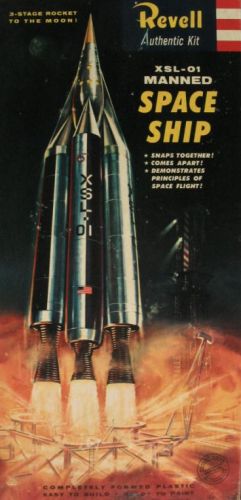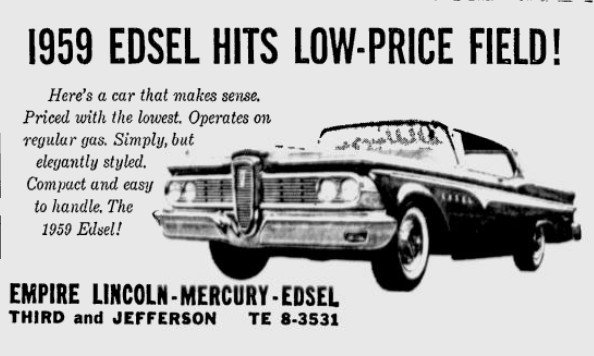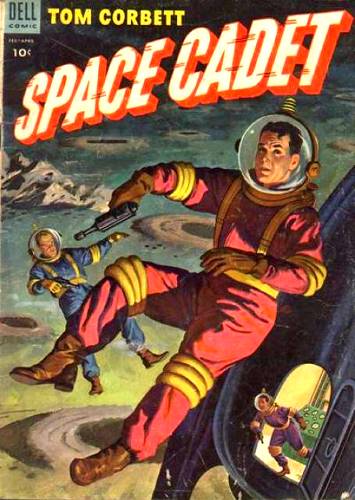For a little over a year, both Superpowers have lobbed unmanned payloads of various (generally increasing) sizes into orbit. But the real question in the public's mind is when either side is going to get around to sending a person into orbit. After all, things that go beep-beep are all very well, but can a dumb robot really stand in for an independently thinking human?

We all know that the Russians plan to send someone into space–their rocket is certainly big enough for the job. They just need to figure out how to get it safely back to Earth. For the moment, the United States does not have a rocket strong enough to send a manned spacecraft, but we will soon. It will probably be an adaptation of the Atlas ICBM, the most powerful missile in our arsenal.
As it turns out, our new National Aeronautics and Space Administration (NASA) has been working on a manned space program since it first came into existence last October. Just one month later, on November 26, Project Astronaut came into existence. Apparently, they didn't like that name because when NASA Director Keith Glennan officially announced America's manned space program, he gave it the evocative and all-American name, Project Mercury. Perhaps the next one in the series will be Project Lincoln. Let's hope neither turns out to be an Edsel.

From all accounts, Mercury is going to be a simple, one-manned ship. I haven't heard what it's going to look like, but it will probably have a wingless, ballistic shape. I'm sure the Air Force would love to have a sleek spaceplane in its stable, but with the X-15 as yet untested, its big brother is probably many years off.

So now the question is who will they get to fly the thing? Well, back in January, NASA put forth the following qualifications: age, less than 40; height, less than 5 feet 11 inches; excellent physical condition; bachelor's degree or equivalent; graduate of test pilot school; 1,500 hours flight time; and a qualified jet pilot.
Sadly, while I qualify for three (four if you push it) of the seven qualifications, I've logged all of seven hours piloting an airplane, and it wasn't a jet. I have it on good authority, however, that NASA has gotten plenty of applicants, and they will survive just fine without me. These applicants have just begun an arduous medical screening that will likely wash out a good number of eager would-be spacemen.
How ignominous: before vaulting off into the wild black yonder, they first have to bend over and cough for Uncle Sam, or at least his team of nurses. I suppose the prize is well worth it, though.
We won't know who or how many astronaut candidates will be selected for a while. I am given to understand, however, that all of the astronauts will be from the military services, which leaves hotshot civilians like Scott Crossfield out of the running. I'm not sure why this is. Maybe it's a security issue.
I hope you are enjoying the interplay of science fact and fiction in this column. I think the two are so intertwined these days that it would be silly to eschew coverage of one of them.
Back on the 12th!
(Confused? Click here for an explanation as to what's really going on)
This entry was originally posted at Dreamwidth, where it has comments. Please comment here or there.

